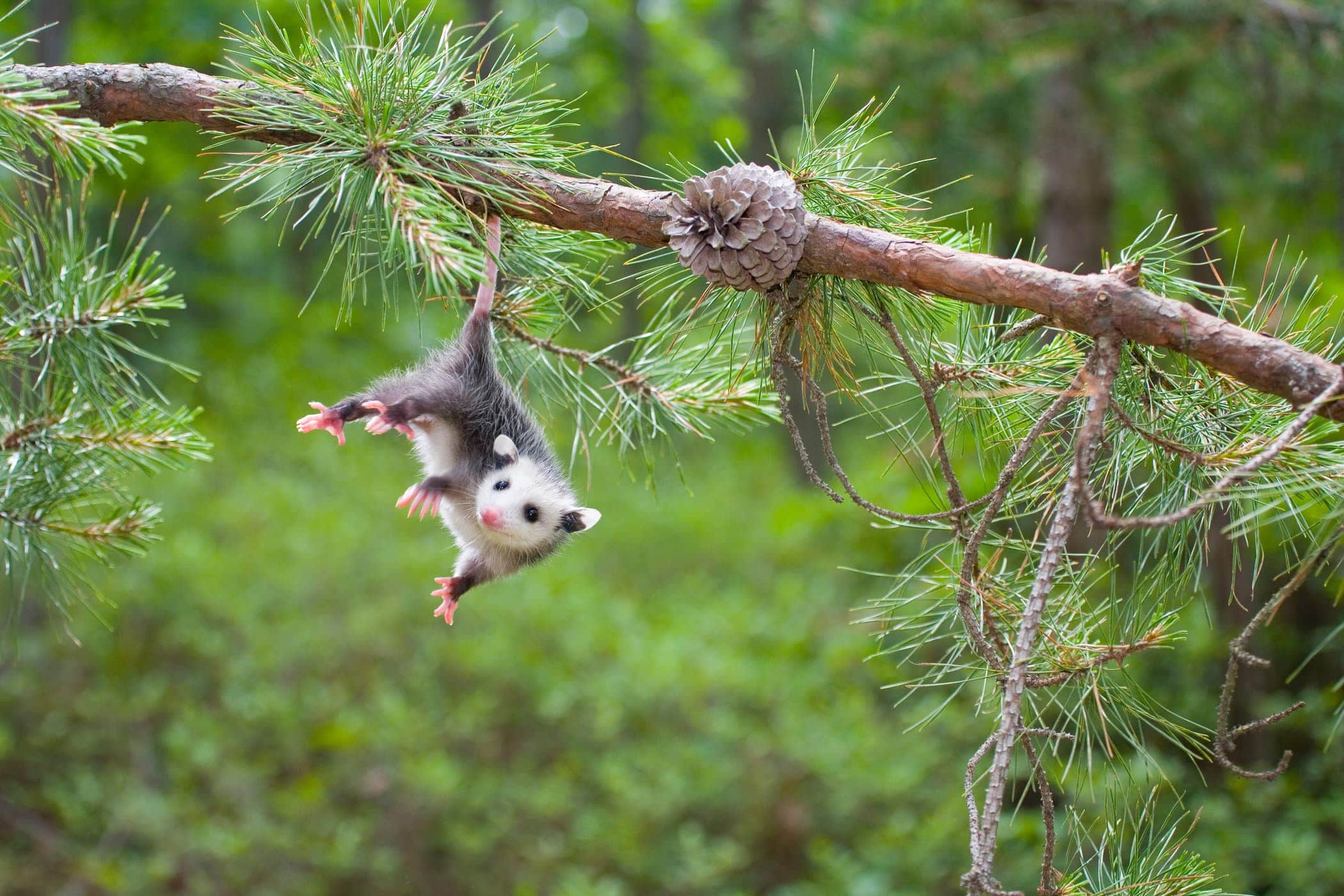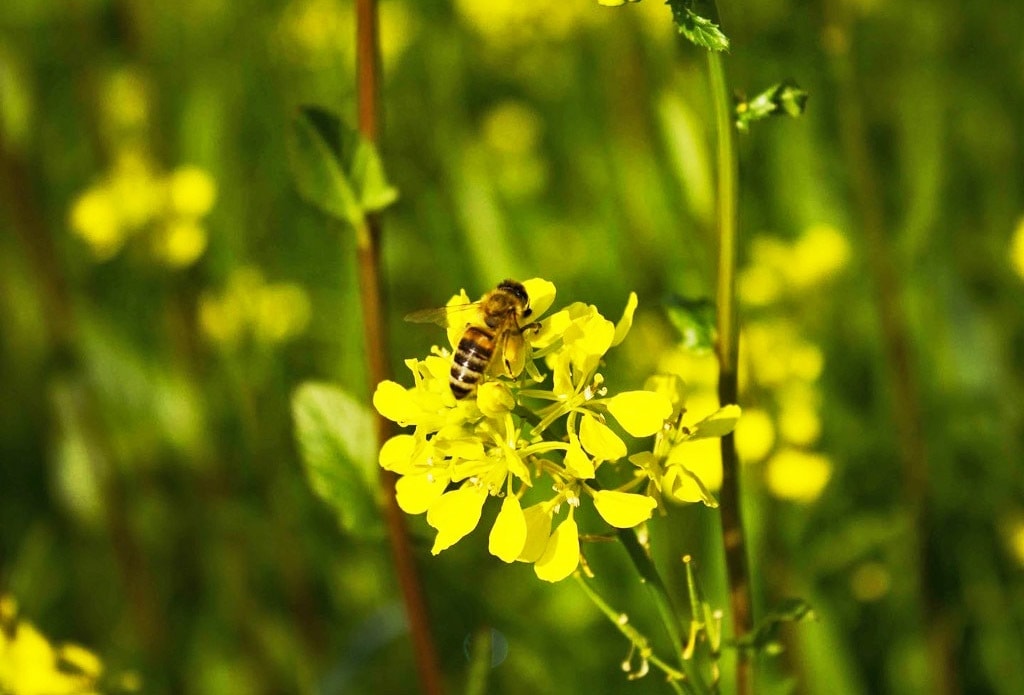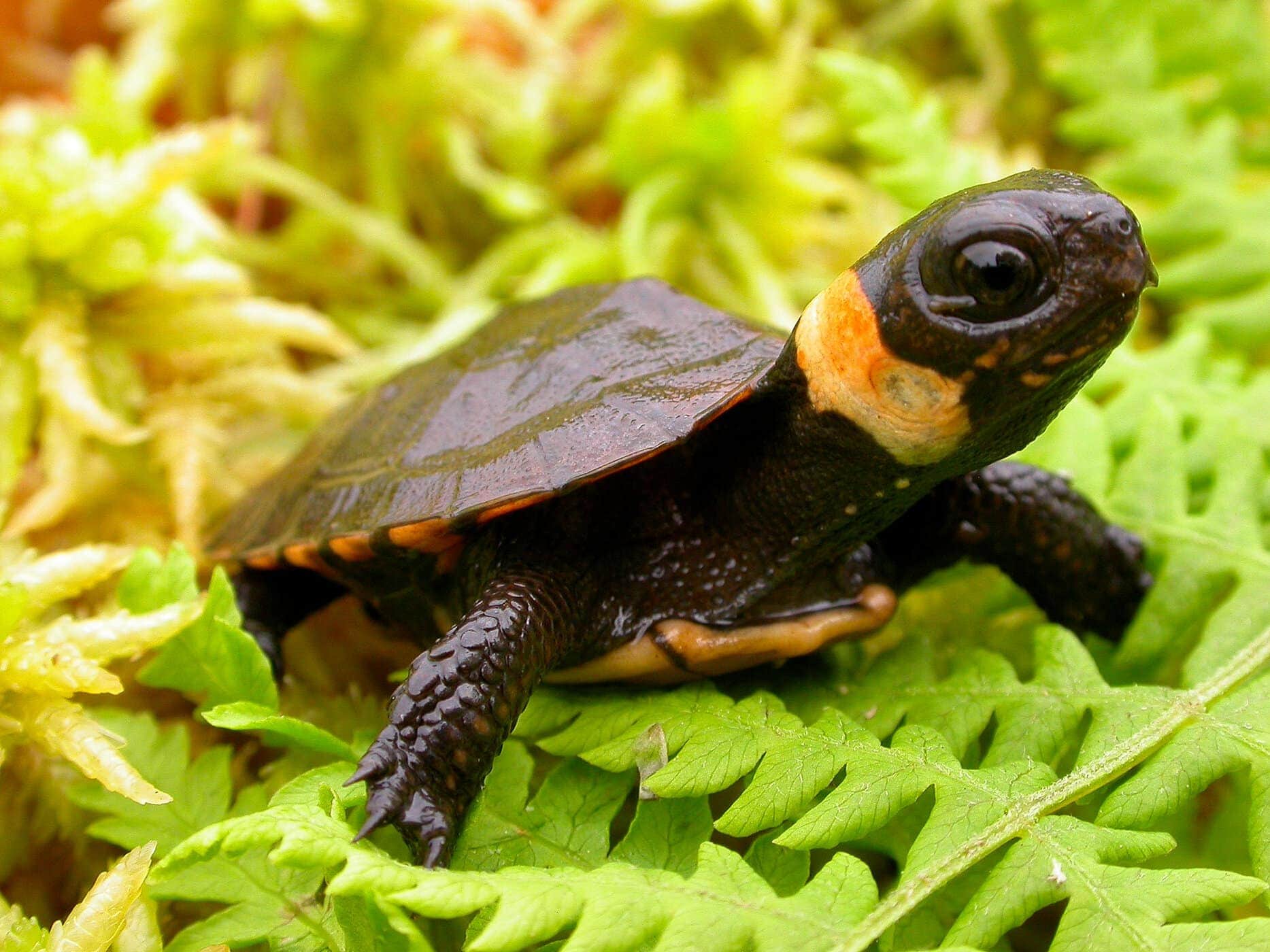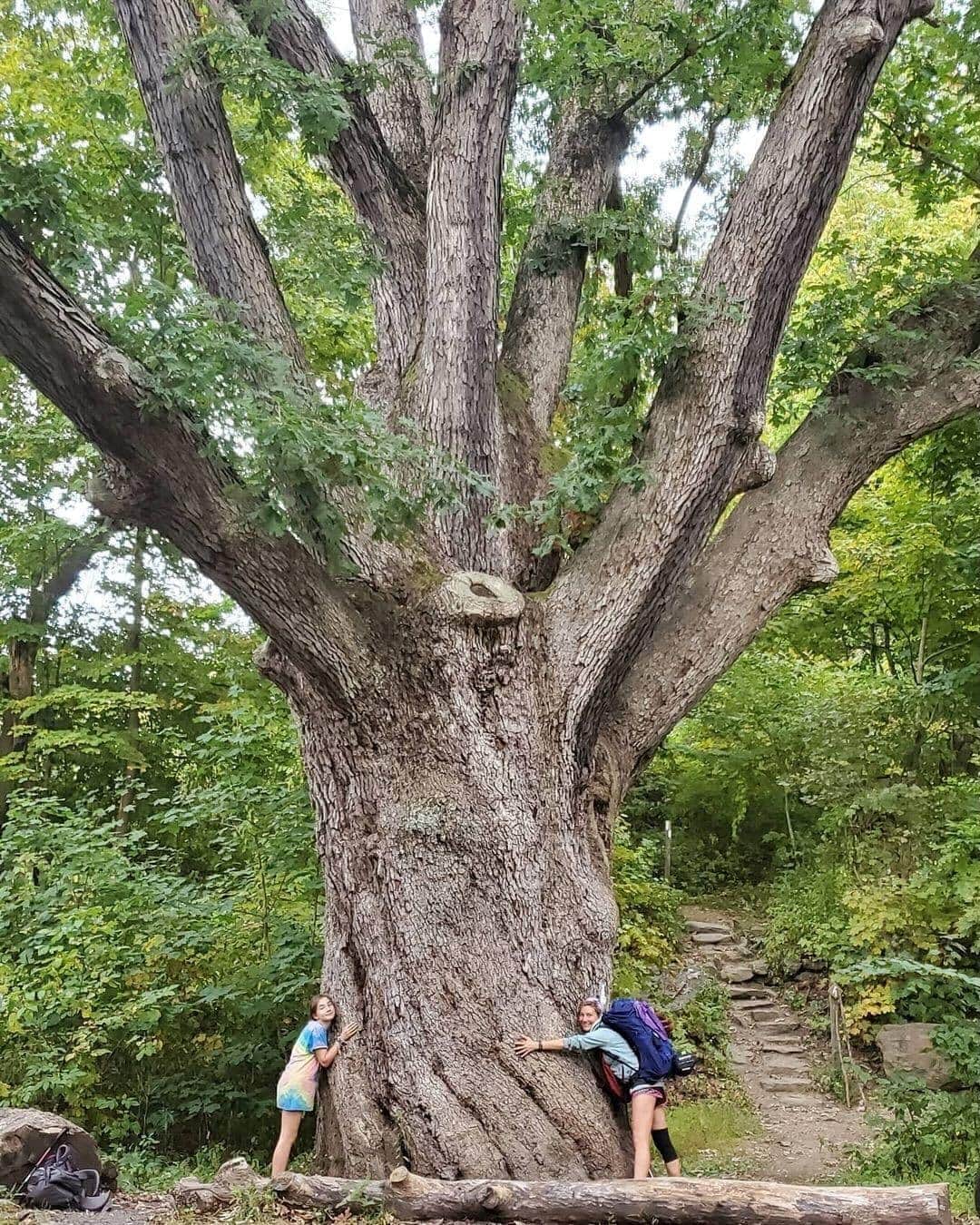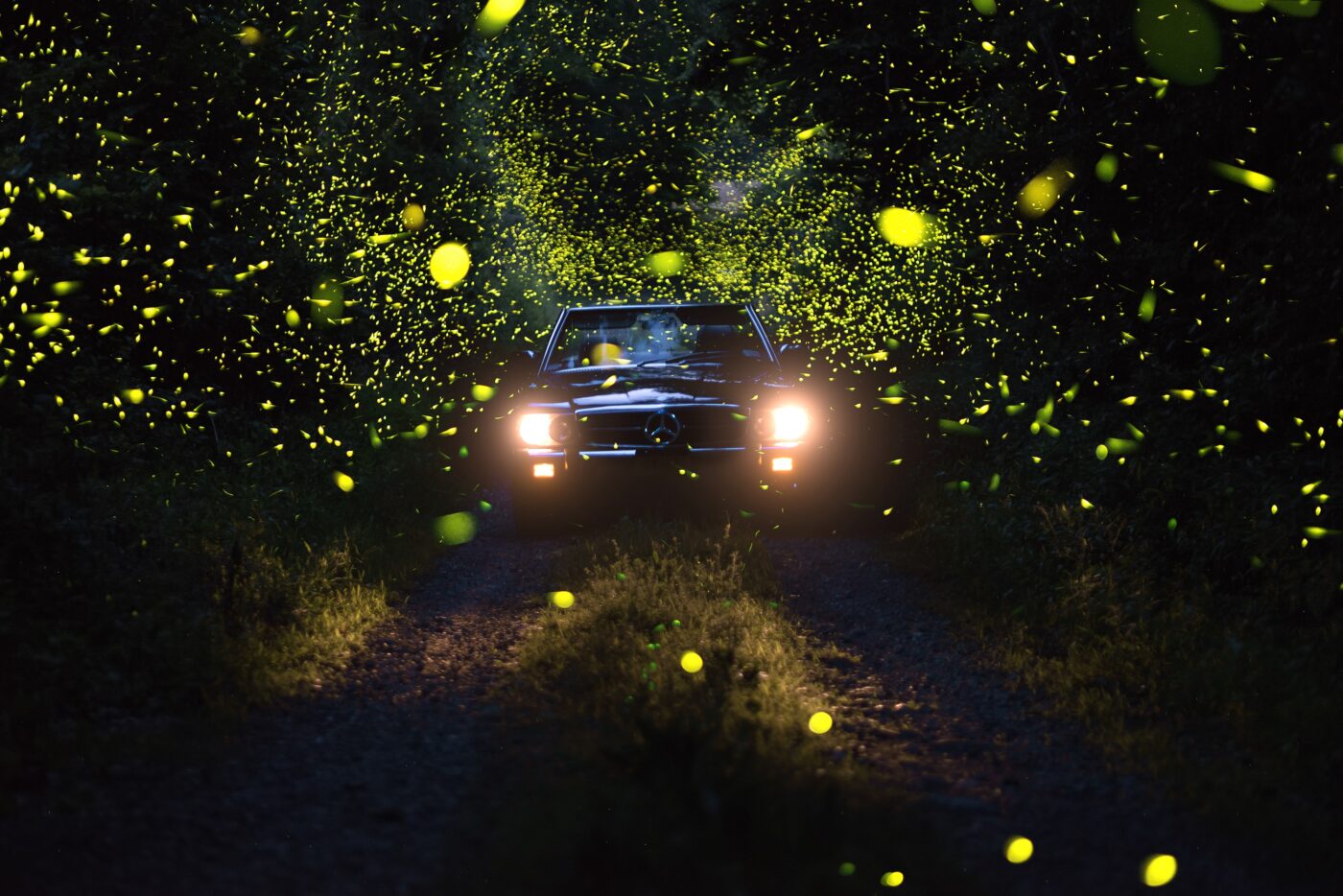You might see a seagull over the Hudson River and think it’s amazing that these birds have come 50 or 100 miles upriver from the ocean.
Here’s the thing: The birds we see in the Hudson Valley are not really seagulls. They are members of a whole range of species found worldwide. Although there are about 50 species of gulls, most do not live at sea. Each has a very specific way of living everywhere from deserts to the Great Plains. One of our regular winter visitors nests in the tall spruces of the Canadian Northwest and Alaska. So it’s kinda cool to know them as their real selves instead of as seagulls.

On the other hand, to some, it is more poetic and less bookish to label the whole bunch seagulls. The bottom line is that the birds don’t care what we call them. They are going to go around eating the best clams, grasshoppers, and doughnuts they can find. If you prefer to call them all seagulls, that’s fine. But at least do it as an informed decision.
Here are a few species to watch for locally this winter:
Ring-billed gull
The most numerous and least likely candidate to be mistaken for a seagull. It is what its name declares — it has a black ring around its yellowish bill. It is also the smallest of the three. It also has a silvery gray back with black wing-tips. Depending on age, it may or may not have white spots (“windows”) on the very tip of the wings. These are the ones you’d likely see bumming around the parking lots of a suburban mall or following a tractor plowing the fields.
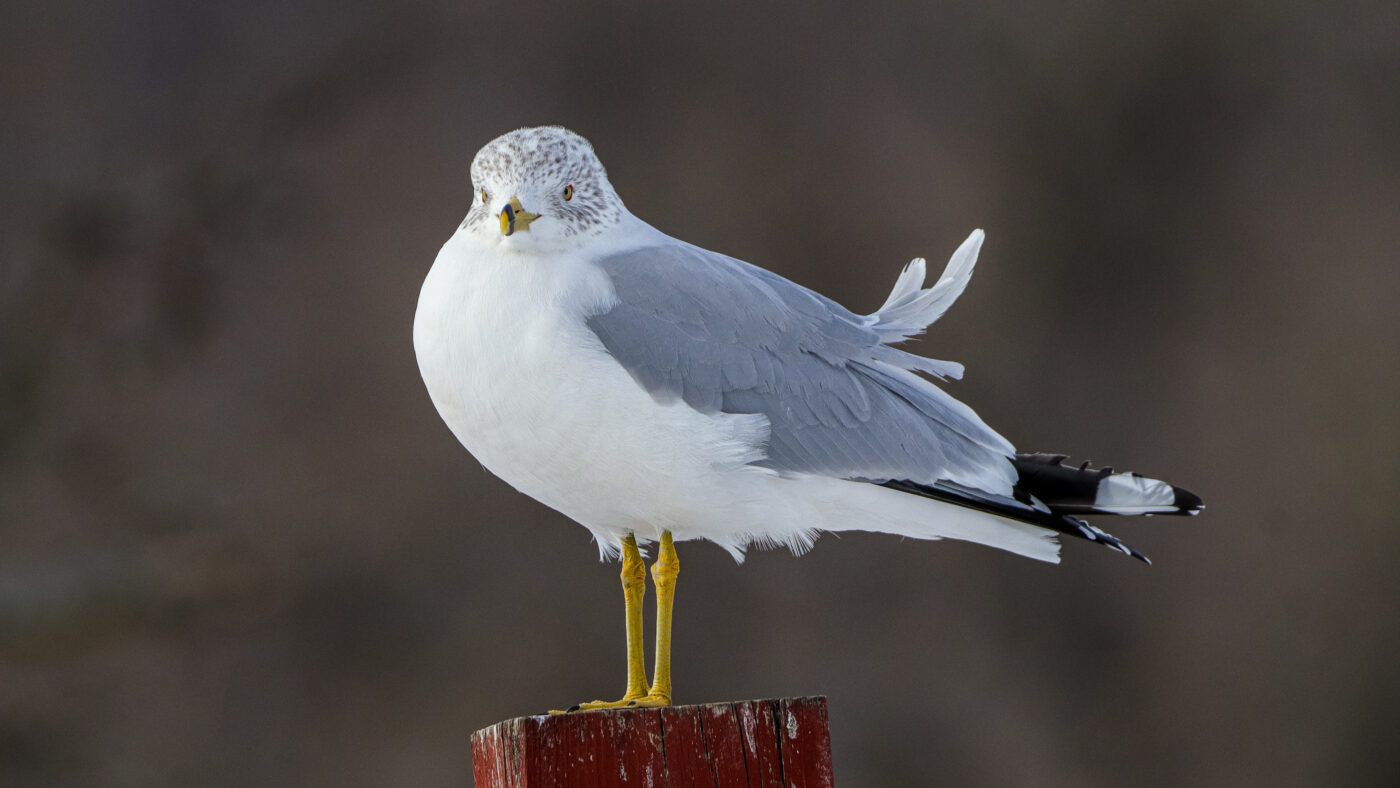
Great black-backed gull
This is the big guy. And the easiest to identify. Simply put, he is big and black and white. Well, that’s the adult.
The young ones are a different matter. All the young gulls look alike. This kind has a huge beak and an anvil for a head.
Herring Gull
Their scientific name says what they are: Laurs argentatus, the silver gull. Like their smaller cousin, they are indeed silvery gray with black wingtips and white “windows” on the wingtips, which makes them look very much like the ring-billed gull. Except, they are larger. But that’s not much help if they are not side-by-side for comparison.
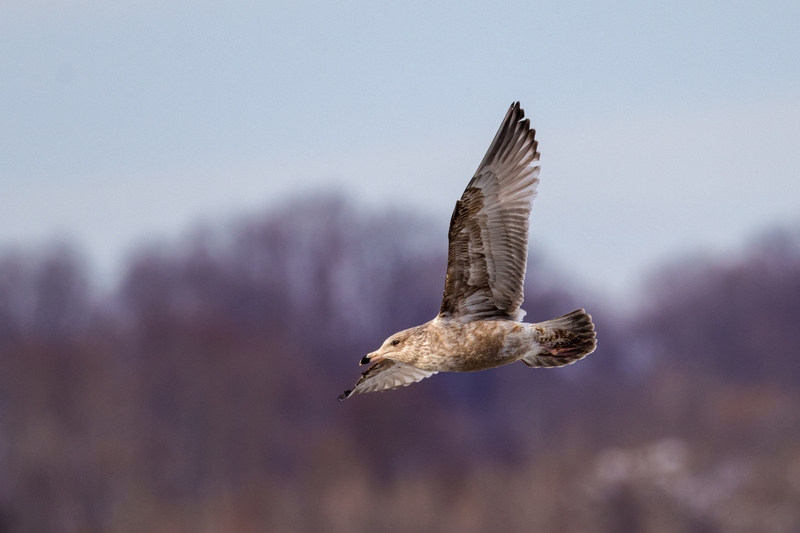
Sometimes, nature can be a joker — so yes, we have the laughing gull. This gull, whose name is derived from its raucous calls, comes to us with a black head in the summer. In the Hudson Valley, they are usually found in the brackish stretches from Yonkers south, but leave for the beaches of the Carolinas and Florida by late summer. And by then, their head covering is limited to a dark babushka.
In winter, the rules change again. There are lots more immature birds out there with their fifty shades of brown. And, the adults of both herring and ring-billed have unkempt-looking streaked heads with a lot of individual variation.
One of the nice treats of winter is the presence of the white gulls from the north: the Iceland gull and the glaucous gull. They are rare in the valley but really stand out when they are in a flock of the other guys. The glaucous is about the size of the great black-backed gull, and the Iceland the size of the herring gull.

If these weren’t enough, there are nine other species of gulls that have been reported in the Hudson Valley — with all their attendant variations of plumages. Once you’ve mastered the identification of the six starters, then it’ll be time to take on some of the rarer species.


